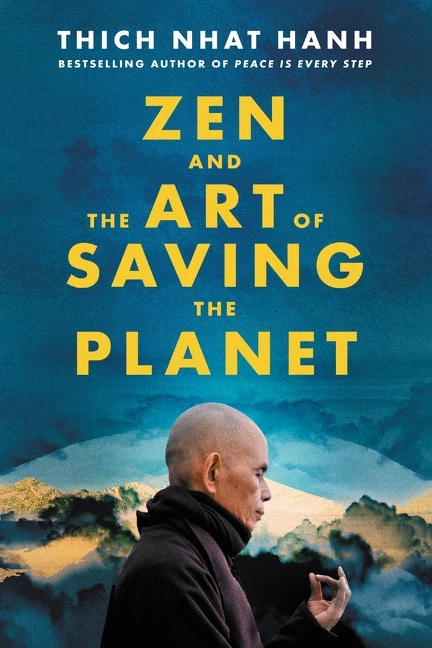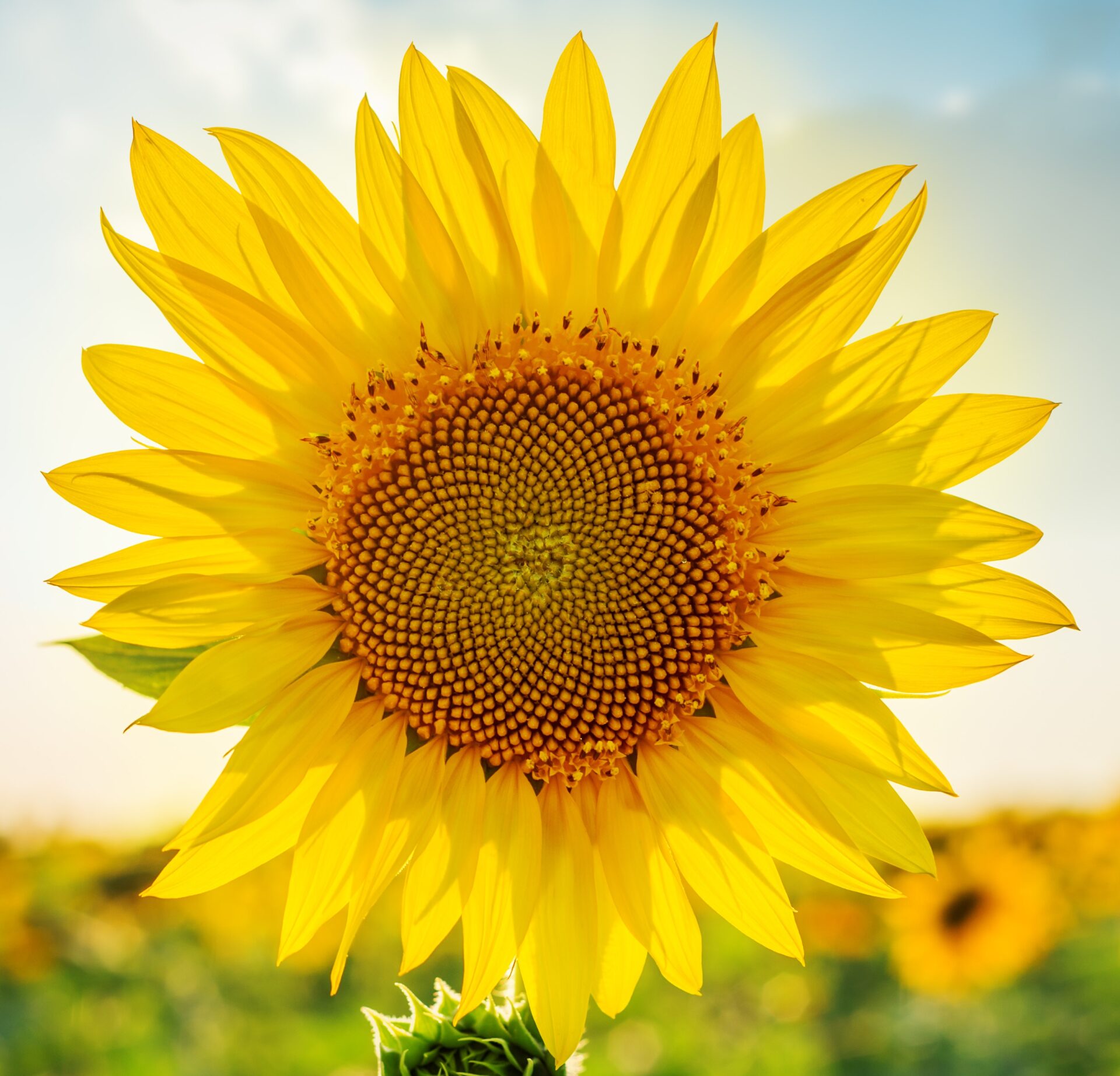Order of Interbeing member Starr DiCiurcio encourages us to connect deeply with Mother Earth by sharing her journaling practice.
By Starr Regan DiCiurcio on
Long before the words “climate change” and “global warming” were everyday parlance, Thầy was teaching us to be grateful to Mother Earth for her many life-sustaining gifts. When I first put on my brown jacket in 2001, I knew that the color represented the Earth.
Order of Interbeing member Starr DiCiurcio encourages us to connect deeply with Mother Earth by sharing her journaling practice.
By Starr Regan DiCiurcio on
Long before the words “climate change” and “global warming” were everyday parlance, Thầy was teaching us to be grateful to Mother Earth for her many life-sustaining gifts. When I first put on my brown jacket in 2001, I knew that the color represented the Earth. As Order of Interbeing practitioners, we wear a visible sign of respect for the planet and the web of life it sustains. What a critical, timely gift of awareness our beloved teacher offered to us!
“Everything outside us and everything inside us comes from the Earth. We often forget that the planet we are living on has given us all the elements that make up our bodies. The water in our flesh, our bones, and all the microscopic cells inside our bodies all come from the Earth and are part of the Earth. The Earth is not just the environment we live in. We are the Earth and we are always carrying her within us.”1 This profound teaching is beautiful, reflecting the poet Thầy was. But it also issues a challenge for the times we live in, calling us to consciously deepen our connection to the planet and all its life forms. The lessons we receive from that connection, born of regular, dedicated practice, light our way forward.
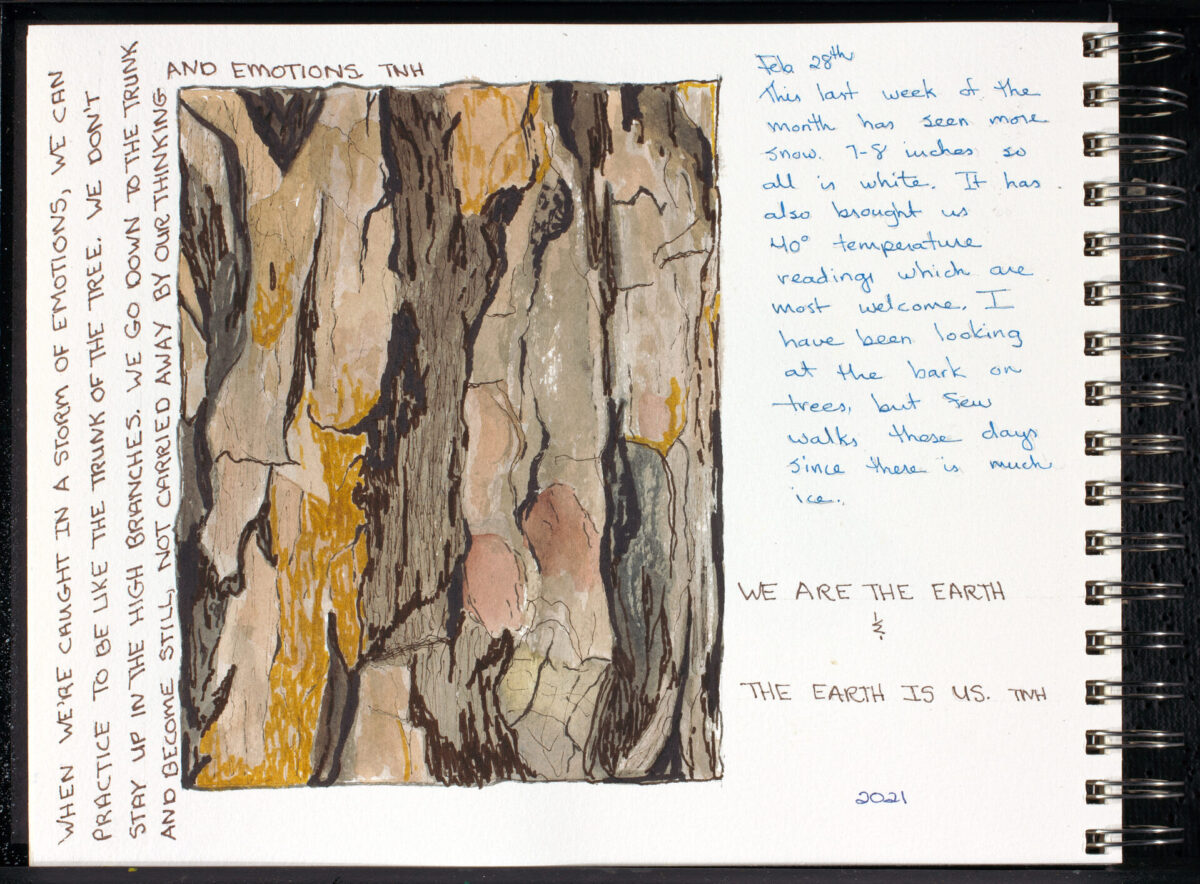
How can we connect more deeply to our Mother Earth? There are many ways, but one that is nurturing increasing numbers of people around the world is nature journaling. This is the practice of journaling in words, numbers, and images on the topic of nature. Journals are as varied as their creators. They may include scientific data, artwork, charts, poetry, graphs, sketches, quotes, and much more. A journaling practice may be done in solitude or in the company of others; it is a joyful activity for families, friends, and Sanghas. This interfacing with the natural world is a mindfulness practice focused on interbeing, which employs all our senses, our hands, and our curiosity.
Here are some helpful steps:
1. Stopping
It can be difficult in our daily lives to stop our preoccupying thoughts and become truly present to reality. But as we begin a nature journaling experience, it is essential to center ourselves and set aside our worries and plans for a while. To do this in a deliberate manner is helpful, giving ourselves the gift of practice for this designated time. Centering on the breath can support this process of stopping, simply noting each inhale and exhale as we have been taught.
2. Setting your intention
As you calm your mind and body, it can be helpful to set an intention. This might be quite specific, such as learning about a species of tree, or it might be general, such as enjoying the beauty before you. Decide what would nourish you during this time. What truly nourishes you, nourishes the planet.
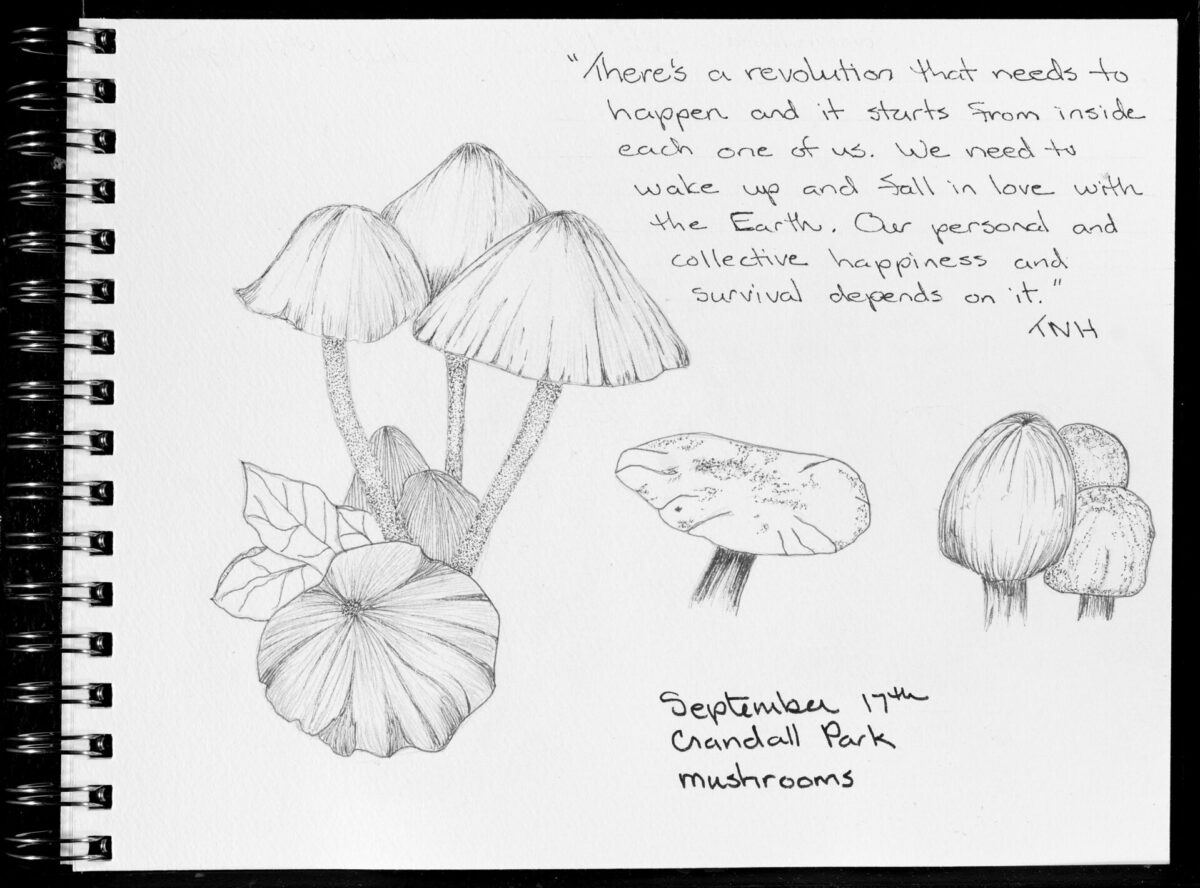
3. Meditation
As you continue to deepen your practice of nature journaling, you may wish to meditate. This can be done before setting out, or while in nature. Walking meditation is a beautiful way to enter the natural world, perhaps as you seek the place where you would like to journal.
4. Contemplation
Once you have found your place in nature, you can turn your attention to the landscape around you. One by one, invite your senses to explore the environment. See, hear, touch, smell, and taste (in ways that keep you safe and that respect all living beings). These doorways of your consciousness all have information to offer.
5. Noting
As you look around you, take note of the panoramic view and its many smaller elements. This is the time to choose your journaling topic. Will it be the glowing sunrise, the lapping lake, or the tiny ladybug climbing a blade of grass at your feet? Will it be one subject or several? Take your time selecting what strongly connects with your heart and mind.
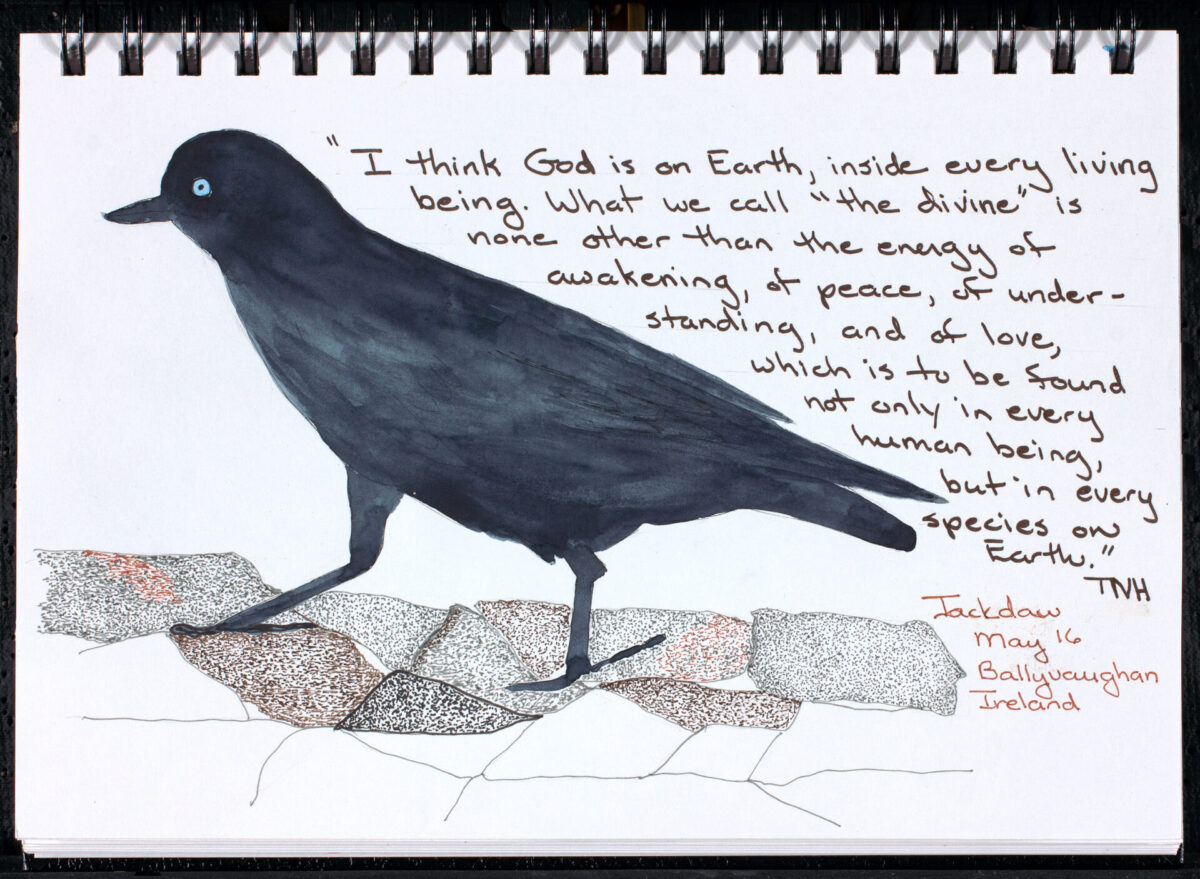
6. Investigating
Now it is time to take out your materials. They may be as simple as a notebook and pencil. Or you may wish to use other favorite tools such as colored pencils, paints, a camera, or a magnifying glass. There are many choices, but few necessities. Open your journal and record what you have chosen. This may include words, numbers, and/or images. You might also have questions. They can be added too. What do you want to learn more about? What do you want to remember?
7. Reflecting
Your journaling can slow now as you reflect on your experience. What have you learned and what do you wish to learn more about? As we deeply enter into the physical world of nature, interbeing becomes our reality—not just an idea. We open to wonder and a deep, quiet joy. We come to truly love the Earth, and out of that love comes our dedication to her protection.
8. Expressing Gratitude
Before bringing this practice of nature journaling to a close, we bow deeply in gratitude for this opportunity we have had to commune with life and deepen our appreciation of interbeing. We are humbled and strengthened by the practice and we continue our day refreshed with greater clarity and openheartedness.
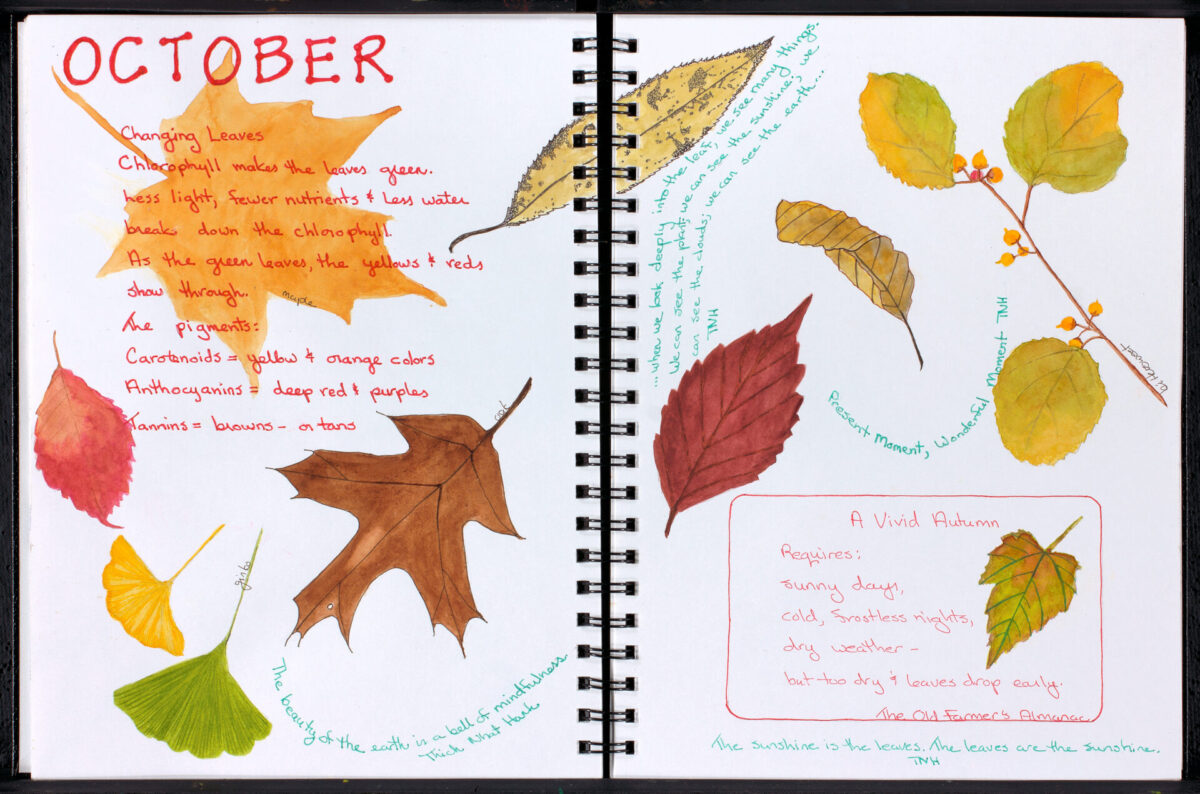
Thầy taught us that the Earth has a number of virtues: stability, creativity, nondiscrimination, strength, patience, and compassion. But how can we learn from her if we do not slow down and consciously enter the deep connections that underlie all phenomena?
Nature journaling offers a pathway to understanding the Earth and her virtues. It also offers an opportunity to better understand ourselves. We live in relationship to all other life forms. Practicing right relationship comes with deliberate centering and the cultivation of our bodhicitta. Nature journaling is a powerful mindfulness practice that nurtures both our personal inner joy and the well-being of this precious planet. As Sister True Dedication taught us, “Cultivating a strong training in meditation and mindfulness is not an opiate to escape what’s going on but a way for us to truly still the mind and look deeply, in order to see ourselves and the world clearly.”2
1 Thích Nhất Hạnh, Love Letter to the Earth (Berkeley: Parallax Press, 2013), p. 8.
2 Thích Nhất Hạnh, Zen and the Art of Saving the Planet (New York, NY: HarperOne, 2021), p. vi.
